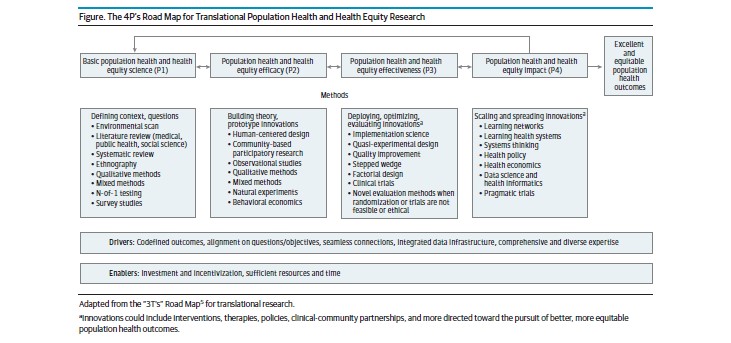5 Variables Explain Wide Racial Disparity in Asthma Readmission Rates
Research By: Robert Kahn, MD, MPH | Andrew Beck, MD, MPH
Post Date: June 28, 2019 | Publish Date: July 1, 2016

“If you’re concerned about your next meal, you might not be thinking of taking your daily inhaled steroids.”
—Andrew Beck, MD, MPH
Racial disparities in asthma readmission rates aren’t always black and white, but in many cases they are.
Researchers have long known that African American children suffer from asthma at higher rates than white children. Now, a team from Cincinnati Children’s offers six reasons why black children are 2.26 times more likely than white children to be readmitted within 30 days of hospital treatment for asthma.
They examined a range of potential explanatory variables rarely looked at together: biological, environmental, disease management, access to care, socioeconomic issues and hardships.
The team found that, collectively, these explained 80 percent of the disparity across racial groups. The study, published online May 16, 2016, in JAMA Pediatrics, shows that African Americans fared worse than their white counterparts on almost every measure.





Research was led by senior author Robert Kahn, MD, MS, and first authors Andrew Beck, MD, MPH, and Bin Huang, PhD. Kahn and Beck are from the Division of General and Community Pediatrics; Huang, the Division of Biostatistics and Epidemiology. The team also included researchers from the Division of Hospital Medicine.
“Such a comprehensive, well-framed approach to exposures that are associated with morbidity is critical as we attempt to better understand and lessen persistent child asthma disparities,” the authors wrote.
The research is part of the Greater Cincinnati Asthma Risks Study, a population-based, prospective study of 695 children aged 1 to 16 years who were admitted to Cincinnati Children’s for asthma or bronchodilator-responsive wheezing. The median age of the children was 5.4 years.
“This moves us toward sounder explanations for why children of different races continue to face different clinical outcomes across a range of conditions,” they wrote. “Better explanations could, in turn, inform interventions aimed at reducing morbidity and narrowing unnecessary gaps.”
HOME CONDITIONS MIRROR ASTHMA SEVERITY
It matters not only how you live, but where. The researchers assessed home living conditions for children readmitted for asthma exacerbations across several variables. These included tests for mold, smoking, traffic-related pollution and insect, mouse and pet dander.
The study found that African American children with asthma are more likely than whites to live in inner-city rental homes. These homes not only carry higher risks of asthma-triggering factors, but families may also fear retribution from landlords if they lodge complaints.
Beyond prescribing medications, clinicians also may need to intervene or advocate on behalf of more African American families to help improve their housing conditions, Kahn says.
“The lives of racial minorities,” researchers wrote, “differ markedly from the lives of those in the majority for both health outcomes and for the lived experience, highlighting their potential relevance to one another.”
| Original title: | Explaining Racial Disparities in Child Asthma Readmission Using a Causal Inference Approach |
| Published in: | JAMA Pediatrics |
| Publish date: | July 1, 2016 |
Research By







